Potatoes are easy to grow and produce bountiful crops. Just provide them with sun, loose and fertile soil and enough water.
First step for planting potatoes
Start with organic, disease-free, certified seed potatoes purchased from a farm shop. If buying from a farm shop, try to choose tubers that have already sprouted.
Second step for planting potatoes
Separate some of the tubers. Only the small golf ball sized potatoes should be planted whole. Cut the large potatoes into pieces (tubers), so that each tuber has two or three buds (the little bumps from which sprouts come out). The reason for cutting the potatoes is that the many buds on the large potato will create a plant with many stems and each stem competes for food and moisture and will eventually produce only small potatoes.
Third step for planting potatoes
Place the tubers in the sun or on a table in a warm room with moderate light for three to five days to prevent them from rotting.
Fourth step for planting potatoes
Plant the tubers with the buds facing up in a hole, which about 6 inches deep. Space each tuber 72cm apart on all sides. Between each tuber, sprinkle 2 tbsp. low nitrogen and high phosphorus fertilizer. Then cover the potatoes and fertilizer with 5 centimeters of soil and water the soil well. Gardeners from warm climates often plant potatoes around mid-February, while those from cooler regions may plant them in the ground around Easter or early spring.
How and when to harvest the potatoes?
Wilted vines signal, that the potatoes have reached maturity, so reach into the soil with your hands and pull the potatoes up.
With home-grown potatoes, you can always prepare the following recipes:
- potato roll;
- potato stews;
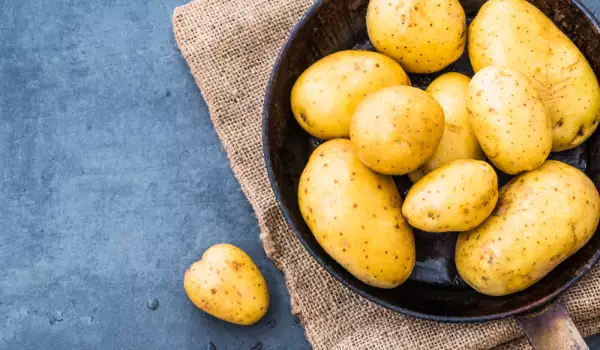







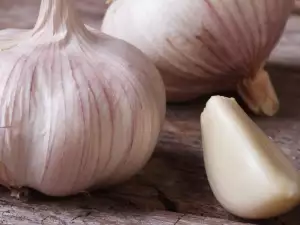

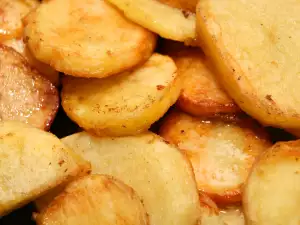
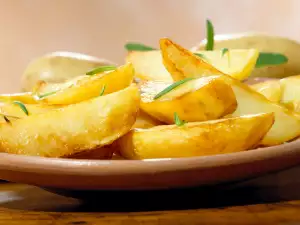
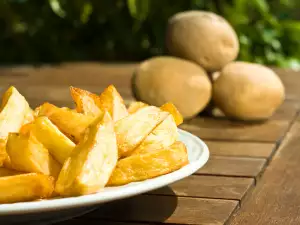
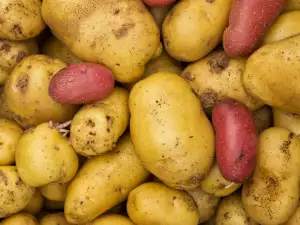
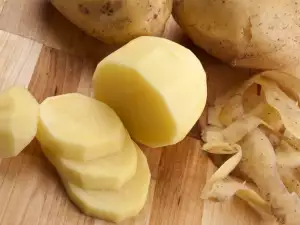



Comments